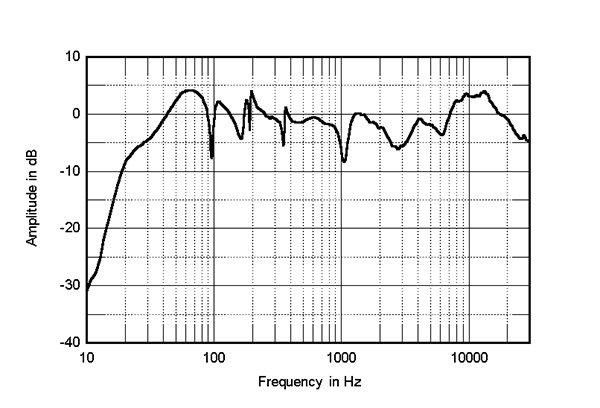Sometimes I would rather hear a lot of poeticisms about why a speaker sounds great, rather than hear a bunch of pretenders spout off about graphs and charts that they are not equipped to interpret meaningfully. It's a misleading pretense and not in any way science related, or more importantly, pertinent to the art of speaker design. The only participant in this thread who has the expertise to speak to the science is Audiokinesis. And I am noticing that he shines a lot of insight, but has nothing negative to say. I really appreciate that.
😂
It’s quite apparent from his posts that Audiokineses doesn’t have a strong grasp of speaker science. So that leads me to presume you do not either.
Read, learn, then read some more, then test the theories for yourself.
The issue with ideal measurements vs actual performance is that many listeners who design these products actually possess little experience and knowledge themselves. That, and/or they have a convoluted perception of what’s “good” based on their years of accumulated hearing damage (hence the rising treble or “V-Curve” we often seen in graphs). Many DIYers like Troels Gravesen possess far greater knowledge and experience than most of the commercial product designers. And it’s not often you’ll encounter an experienced DIYer who aims for anything less than good linearity and low distortion.


